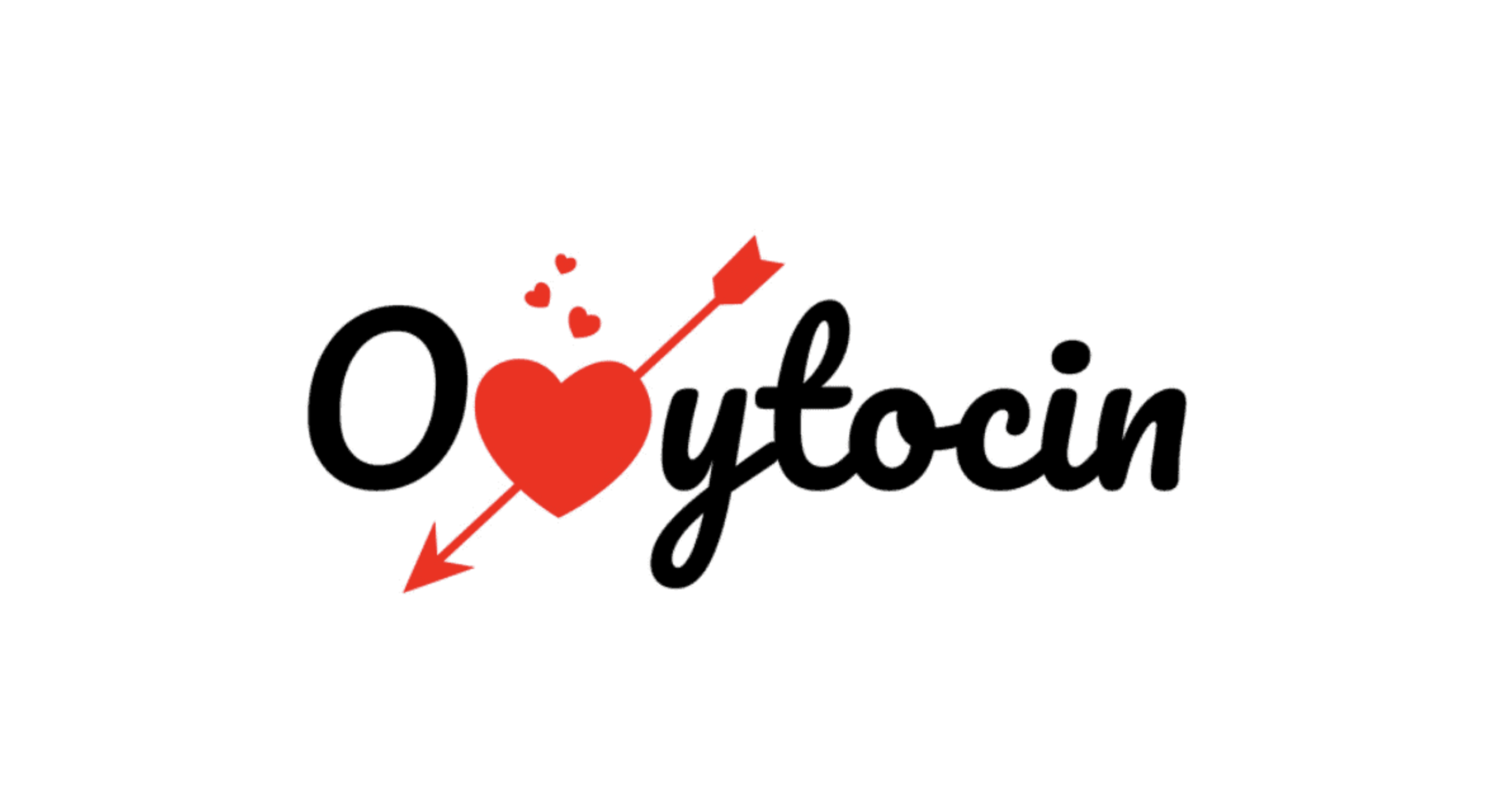“Cuddle hormone” is a colloquial term often used to refer to oxytocin, a hormone and neuropeptide that plays a crucial role in social bonding, emotional regulation, and various physiological processes. Oxytocin is produced in the hypothalamus and released by the pituitary gland.
The nickname “cuddle hormone” comes from oxytocin’s association with social bonding and attachment. It is released in various social and intimate situations, such as hugging, cuddling, or during breastfeeding. Oxytocin is also released during childbirth, playing a role in uterine contractions, and it facilitates bonding between a mother and her newborn.
Research suggests that oxytocin may have a broader impact on social behavior, trust, empathy, and stress reduction. While the term “cuddle hormone” is not a scientific designation, it reflects the hormone’s role in promoting feelings of warmth, connection, and intimacy in social relationships.
Oxytocin is a hormone produced naturally in the body, and its release is influenced by various factors, such as social interactions, positive experiences, and certain activities. Here are some ways to naturally stimulate the release of oxytocin:
- Social Interactions:
- Engage in positive social interactions, such as hugging, cuddling, or spending quality time with loved ones.
- Meaningful conversations, laughter, and bonding with friends and family can also boost oxytocin levels.
- Physical Touch:
- Physical touch, including massage, hand-holding, or even a simple pat on the back, can stimulate oxytocin release.
- Positive Experiences:
- Engage in activities that bring joy and satisfaction, as positive experiences can trigger the release of oxytocin.
- Intimacy:
- Sexual activity, especially with a trusted partner, is known to increase oxytocin levels.
- Childbirth and Breastfeeding:
- Oxytocin plays a crucial role during childbirth, and its release is stimulated by the physical process of labor.
- Breastfeeding also leads to increased oxytocin release.
- Pet Interaction:
- Spending time with pets, such as petting or playing with them, can promote feelings of connection and trigger oxytocin release.
- Relaxation Techniques:
- Practices such as meditation, deep breathing, and yoga may help reduce stress and increase oxytocin levels.
- Positive Thinking:
- Cultivating positive thoughts and engaging in activities that promote a positive mindset can contribute to increased oxytocin release.
It’s important to note that oxytocin is a complex hormone, and its effects can vary among individuals. While these natural methods may help stimulate oxytocin release, it’s advisable to focus on overall well-being and positive social connections rather than attempting to manipulate hormone levels artificially.
If you have specific concerns or medical conditions, it’s crucial to consult with a healthcare professional for personalized advice and guidance. Synthetic oxytocin is also available as a medication in certain medical situations, but its use should be strictly supervised by healthcare professionals.










